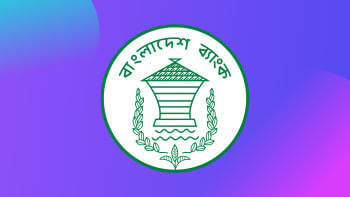Safety Net Programmes: Slice for the poor only gets thinner

Although budgetary allocation for social safety net programmes has increased over the past 13 years, the share of compatible programmes has declined significantly.
Compatible social safety net programmes (SSNPs) mean such programmes that actually provide protection to poor and vulnerable people. For example, old age allowance; allowances for the widowed, deserted and destitute women; and allowances for people with disability who are financially insolvent.
Over the years, the list of safety net programmes, however, has included loosely related or completely unrelated programmes that do not have much to do with protection of vulnerable groups of people. Examples include pension for retired government officials, agriculture subsidies, and various credit programmes and infrastructure projects.
The Centre for Policy Dialogue has made these observations in its review report titled "State of the Bangladesh Economy in FY2022-23". Citing the government's allocation of Tk 1.13 lakh crore for 115 social security programmes in the current fiscal, the report says that Tk 33,966 crore or only 29.7 percent of the total allocation is used for compatible safety net programmes.
In the 2009-10 fiscal year, the share of compatible SSNPs was as high as 62.2 percent, says the CPD report.
Terming the completely unrelated programmes non-compatible, the report says that the share of such programmes has risen to 65.5 percent of total allocation in the current fiscal, which was only 25.5 percent in FY 2010.
"While it can be argued that fringe elements need to be included to make a comprehensive list, the inclusion of completely unrelated programmes raises questions as to whether the intention was to inflate the statistics in the first place," says the report.
In the current fiscal, Tk 28,037 crore is allocated for the pension of retired government officials, Tk 12,500 crore for agricultural subsidies, and Tk 7,907 crore for savings certificate interest assistance.
The share of non-compatible programmes has risen to 42.3 percent in the current fiscal year from 5.8 percent in FY 2010, says the CPD report.
For several years now, the government has been showing an artificially inflated budgetary allocation figure by including different unrelated projects that have very little to do with safety net programmes, said Towfiqul Islam Khan, senior research fellow of the CPD.
"This trend of showing inflated figures is getting stronger every year," he said.
According to the CPD report, the allocation for compatible safety net programmes has declined from 1.6 percent of GDP in FY 2010 to 0.8 percent of GDP in FY 2023. In terms of the national budget, it has declined from 9.5 percent in FY 2010 to 5.0 percent in FY 2023.
The government should increase financial allocations for social safety net programmes in order to provide relief to the poor from the pressures of upcoming economic reforms, said Khan.
Referring to a study conducted by the CPD in 2020, Khan said that around 65.6 percent of the country's households that receive financial assistance under the government's social safety net programmes are ineligible for the scheme as they belong to the non-poor category.
The government should remove ineligible beneficiaries and focus on ensuring that the benefits from these safety net programmes reach the right people, added Khan.

 For all latest news, follow The Daily Star's Google News channel.
For all latest news, follow The Daily Star's Google News channel. 



Comments